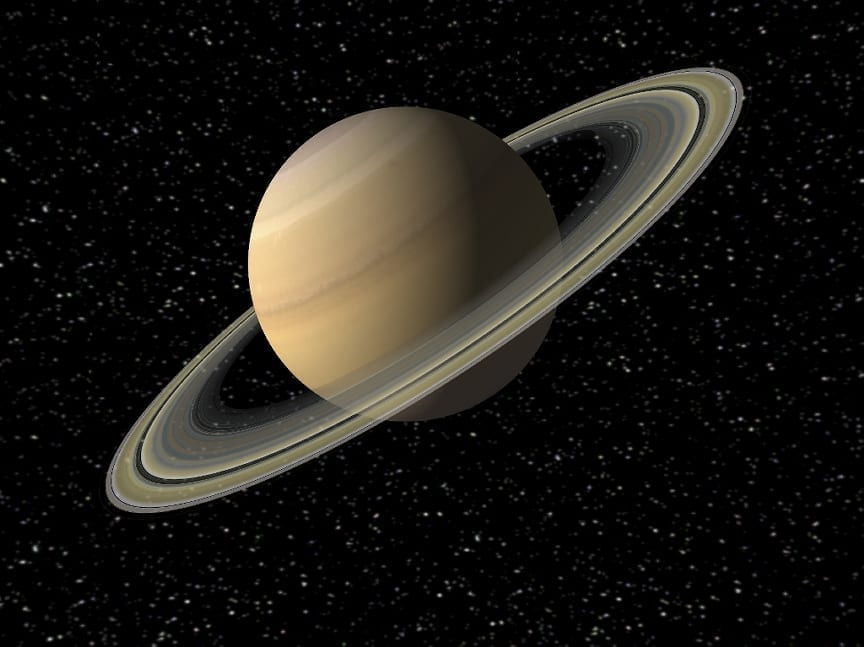Geysers on one of Saturn’s moons might host life
The best place to hunt for extraterrestrial life in the solar system might have just been discovered as the geysers of Saturn’s moon Enceladus have been counted and mapped. Tidal flexing is the outcome of the interaction between Enceladus’ orbit and the gravity of Saturn and the moon Dione has thawed part of Enceladus’ interior. Around its poles it has created hot spots and that is where geysers develop. Though this is positively the main cause of the geysers, the mechanisms are still a mystery. There are a few theories supporting this though. One of them being that the flexing allows blocks of ice to rub against each other, which then produces frictional heat that is close to the surface. Another theory is that boiling water from the depths accelerates through fracture lines at the surface to become geysers.
Mapping the geysers and hot spots allowed Dr. Carolyn Porco of the Space Science institute to display that they correspond with each other and with locations for tidal stress. Porco acknowledges in The Astronomical Journal, high resolution maps that accord hotspots that are 10m wide to individual geysers. Frictional heating sites are possibly much larger. “strongly suggests that the heat accompanying the geysers is not produced by shearing in the upper brittle layer but rather is transported, in the form of latent heat, from a sub-ice-shell sea of liquid water, with vapor condensing on the near-surface walls of the fractures.”, claims Porco. The paper gives proof that the geysers “are capable of opening water-filled cracks all the way down to the sea.”
This all doesn’t definitely mean that Enceladus provides life. The connections between an internal sea that is the size of Lake Superior and surface vents that gave a question to the fact of Enceladus hosting life. In plumes organic molecules have been discovered.If life is found inside the plume it might make it easier to find anything in the depths of the surface of Mars or Europa.














